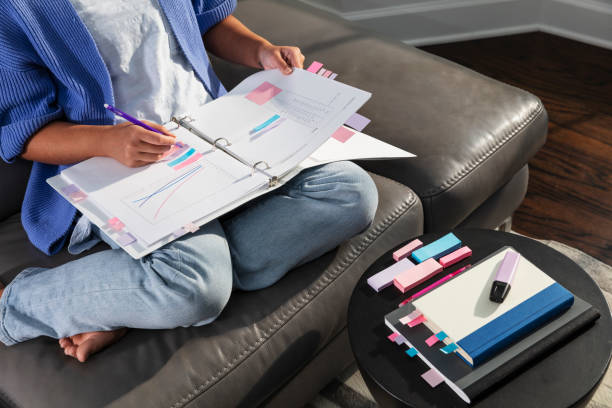In large venues such as arenas, stadiums, or expansive event halls, helping guests find their seats quickly can be a challenge. Long rows of numbers may work on paper, but they often lack the clarity and personality that make navigation simple. A color‑coded seating system paired with distinctive section names can change the experience entirely.
By blending visual and verbal cues, venues make it easier for guests to locate their seats and add a touch of character that leaves a lasting impression. The approach when designing restaurant furniture also reduces delays, eases congestion, and cuts down on seating questions. Guests arrive with confidence, ticket in hand, and head straight to their section without hesitation.
Harnessing the Power of Color for Navigation
Color works on the brain in ways plain text cannot. It sparks recognition faster, sticks in memory longer, and offers an immediate visual anchor even from a distance. High‑contrast combinations such as turquoise against white or navy against pale yellow are especially effective in large or dimly lit spaces.
When colors are used consistently on maps, signs, and seating charts, they become natural reference points. Studies show navigation errors drop significantly when color cues are in place. Red creates a sense of alertness, while blue offers calm and stability. In multicultural venues, color often works as a universal language, helping guests who may not understand local signage.
Choosing Names That Stick in the Mind
A color is good, but a color with a name is even better. Guests are far more likely to remember sitting in “Emerald Plaza” or “Crimson Corner” than in “Section 14.” Names make areas feel like destinations and help staff give clear directions, especially in noisy or crowded settings.
Tying names to the venue’s theme or location deepens the connection. A riverside arena could use “Riverfront Sapphire,” while a theater might opt for “Velvet Balcony.” Avoid similar‑sounding names that confuse, and consider pairing monikers with simple icons such as a leaf for “Green Glade” or a wave for “Azure Bay.” Clear, easy‑to‑pronounce names work best for international audiences.
Pairing Colors and Names for Maximum Effect
The real magic happens when colors and names are paired with intent. When “Golden Grove” is both golden in tone and labeled consistently across tickets, maps, and signs, guests make the connection instantly.
Avoid mismatched choices like calling a turquoise section “Green Grove.” Keep the link between name and hue logical. Digital check‑in systems can display both together, while staff uniforms or badges can subtly match their assigned section color. Repetition across every point of contact helps guests learn the system quickly and reduces seat‑finding confusion.
Making Signage Work Harder
Signs guide the guest journey long before anyone reaches their seat. Placing them at every decision point. From entrances and checkpoints to aisles and row entries, it makes the experience smoother.
Large, bold section names in matching colors are easy to spot. Floor markings in the section’s hue subtly lead guests without verbal guidance. LED strip lighting in corresponding tones can act as a visual beacon. Well‑placed banners and pylons in concourses reassure guests they are on the right track.
Turning Navigation into an Experience
A thoughtful seating system adds personality to the visit. Guests often remember and share where they sat, especially when the section name feels unique. Saying “We were in Sapphire Cove” is more engaging than “We were in Section D.”
Seasonal or event‑specific names keep things fresh. Meeting up after breaks is easier when guests can say “See you back at Emerald Plaza” instead of relying on row and seat numbers. Surveys consistently show that navigation ease improves overall satisfaction, and color‑named seating delivers exactly that.
Planning and Implementing the System
Good planning ensures the system works in real conditions. Test colors under natural and artificial lighting before committing. Make sure your palette is friendly to those with color‑vision differences, and avoid combinations like red and green placed together without other distinguishing features.
Train staff to use both color and name when directing guests. Budget for signs, lighting, ticket updates, and app changes, which typically represent a small share of overall seating costs. A soft launch for staff or guests helps identify any confusion before the system goes public.
Summary: From Practicality to Personality
Color‑coded seating with distinctive names transforms a basic seating chart into a system that is easy to follow and memorable. It blends functional wayfinding with an opportunity to showcase a venue’s brand and creativity. Guests find their seats quickly, enjoy smoother crowd flow, and feel more connected to the experience.
When applied consistently across maps, signage, tickets, and staff communication, this approach reduces errors and raises satisfaction. The best venues treat seating as part of the guest experience, not just as a necessity. Give each section a personality, and you turn navigation into something people enjoy remembering.



